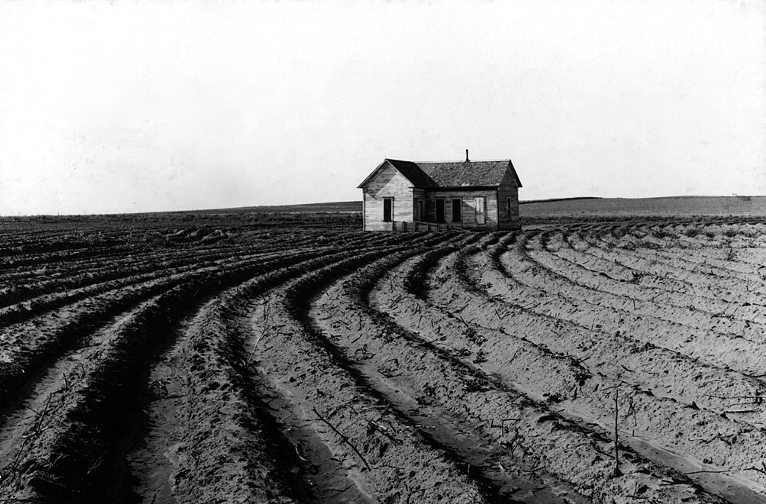The word resilience comes from the Latin verb resilire, meaning “to jump or spring back. Resilience at the personal level relates to one’s ability to overcome a blow or series of blows in one’s life, accept what happened, and find strength to address the later challenges that come along.
Resilience at the community level is much the same. It depends on tapping into internal and external resources to rediscover or rebuild what was lost. In a people who have lived through long-term adversity, a key point about resilience is that the adversity or hardships must end.
In the face of a global pandemic, the effects of which are both to our lives and livelihoods, people are wondering whether our nation will be able to bounce back. We can take some consolation in looking at the past, to other dark periods in history that came and sometimes even left the world better off in unexpected ways.
Focusing on the disease aspect of the 2020 pandemic, journalists and others are considering the impacts of the 1918 Spanish flu pandemic which took millions and millions of lives. Focusing on the financial aspect, commentators are turning to the Great Depression for insights and encouragement in terms of how people coped and how the government reacted.
My mind turns to the Great Depression, too, but to a source that is often overlooked—to older black women who grew up during that time in the rural South. Preserved now in the book, The Maid Narratives, and in CD recordings at the University of Iowa, the stories of 20 of these older women take us back to a time and place when social oppression was rooted in white supremacy and Jim Crow segregation laws.
When we (the book authors) gathered this collection of stories on life in the Jim Crow South, we were not thinking of resilience. We were studying details of southern etiquette as experienced by black servants in white homes as well as the social conditions of the times. The description provided by Annie Victoria Johnson, who migrated from the hill country of Mississippi to Waterloo, Iowa provides a typical memory:
The WPA (Works Progress Administration) got started. Back then the black men didn’t have no jobs, didn’t have no land. So we sharecropped. Whatever man you worked for, you lived in his house and worked on his property. Whatever you made—say 200 bushels of corn, they would get half of it. Women and children would be working in the fields like the men. We didn’t have no play time, no company time. When it rained you couldn’t pick cotton so you would work in your house.
Mrs. Johnson, who was 88 at the time of the interview, lived an active life that centered around her church and neighbors; she looked back on her accomplishments down South with pride.
Shortly before her death, another interviewee–Pearline Sisk Jones from Oxford, Mississippi—described the time she worked in the home of William Faulkner:
At that time maids were being paid about two dollars an hour, but Mr. Faulkner paid more—about three dollars an hour. Some of the chores I had to do were: I cleaned everything, had to go over them floors, get some oil to make them floors shine, wash the dishes, clean the bathroom with Clorox and Comet, wipe them door knobs and make them shine. I worked so hard. The way I got through all this was I made poems; I wrote poetry out of them jobs. I am old now, but I have some poems at the house, and my granddaughter has some of them on tape.
An overview of the narratives of these resilient women reveals a pattern of resourcefulness, persistence in the face of setbacks, courage to take a stand, and through all the challenges, pride in family and community. All of them continued to be active in community life, and all of them were proud of what their children had accomplished when the walls of segregation came tumbling down.
We would be remiss, however, if we did not realize that the resiliency of these women and of others of the Great Depression did not stem from inner strengths alone. Sweeping social change from the 1930’s onward alleviated some of the underlying failings in a system that the economic collapse had brought to light.
Likewise, it is taking the scale of a horrific pandemic to expose flaws in the social structure that should have been corrected earlier. The lack of a safety net has been unnecessarily ruinous, both in terms of health care and economically. For a society and its people to be truly resilient, resources must be available for everyone—the lessons of history are clear.





